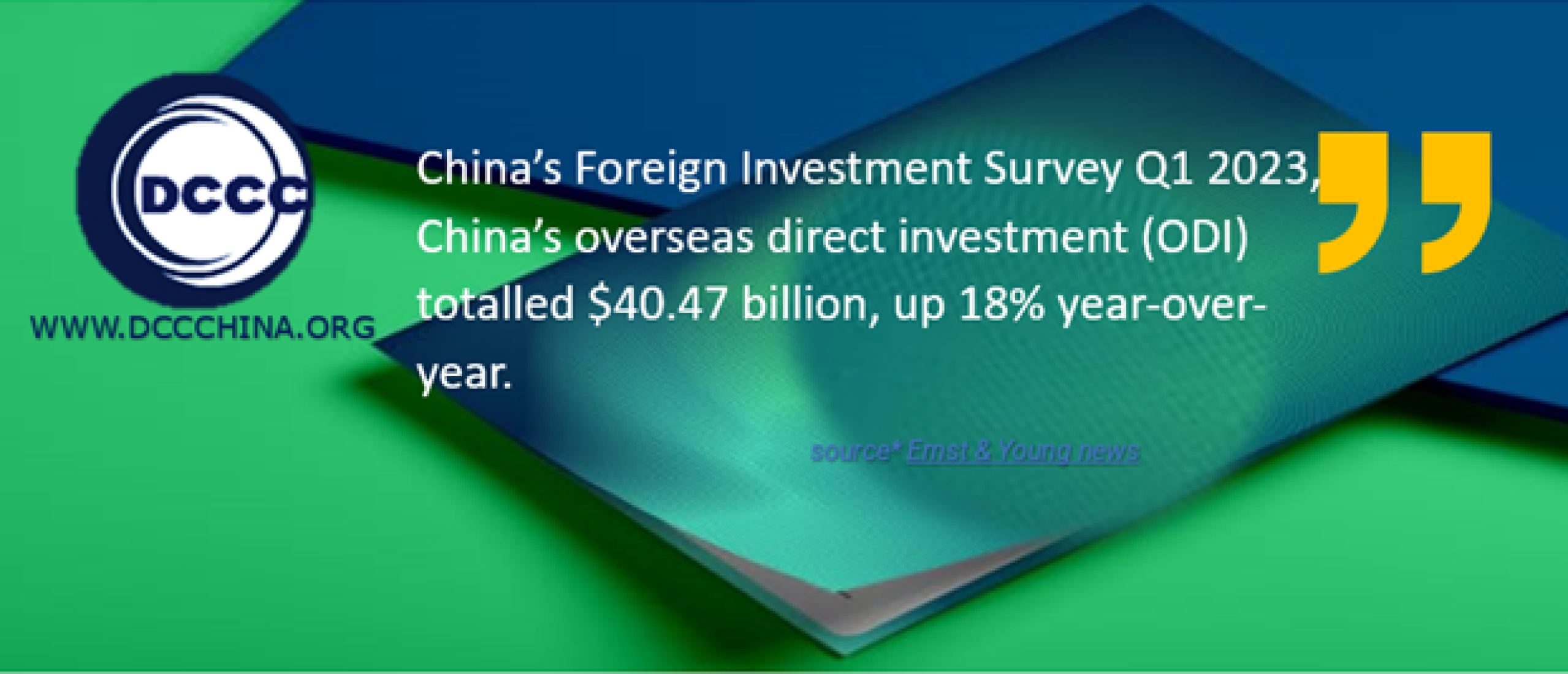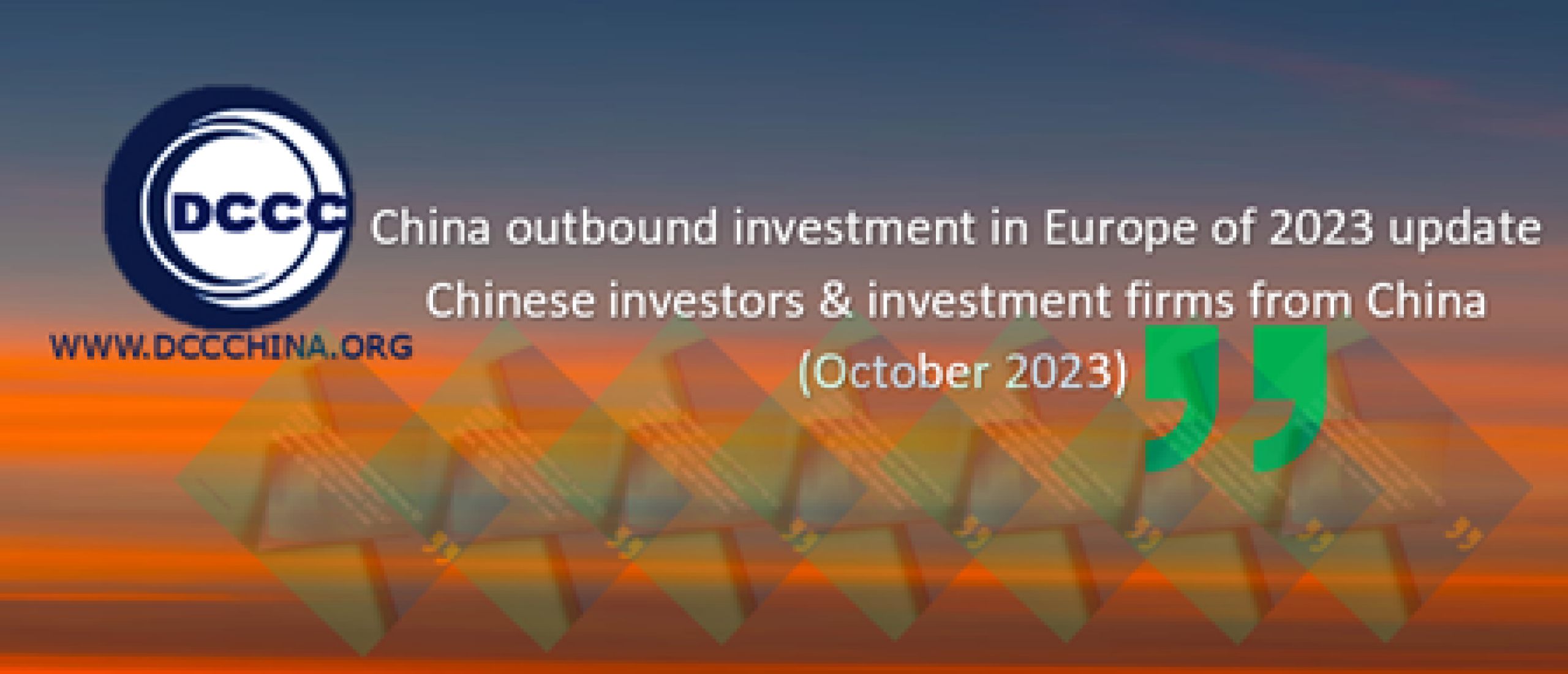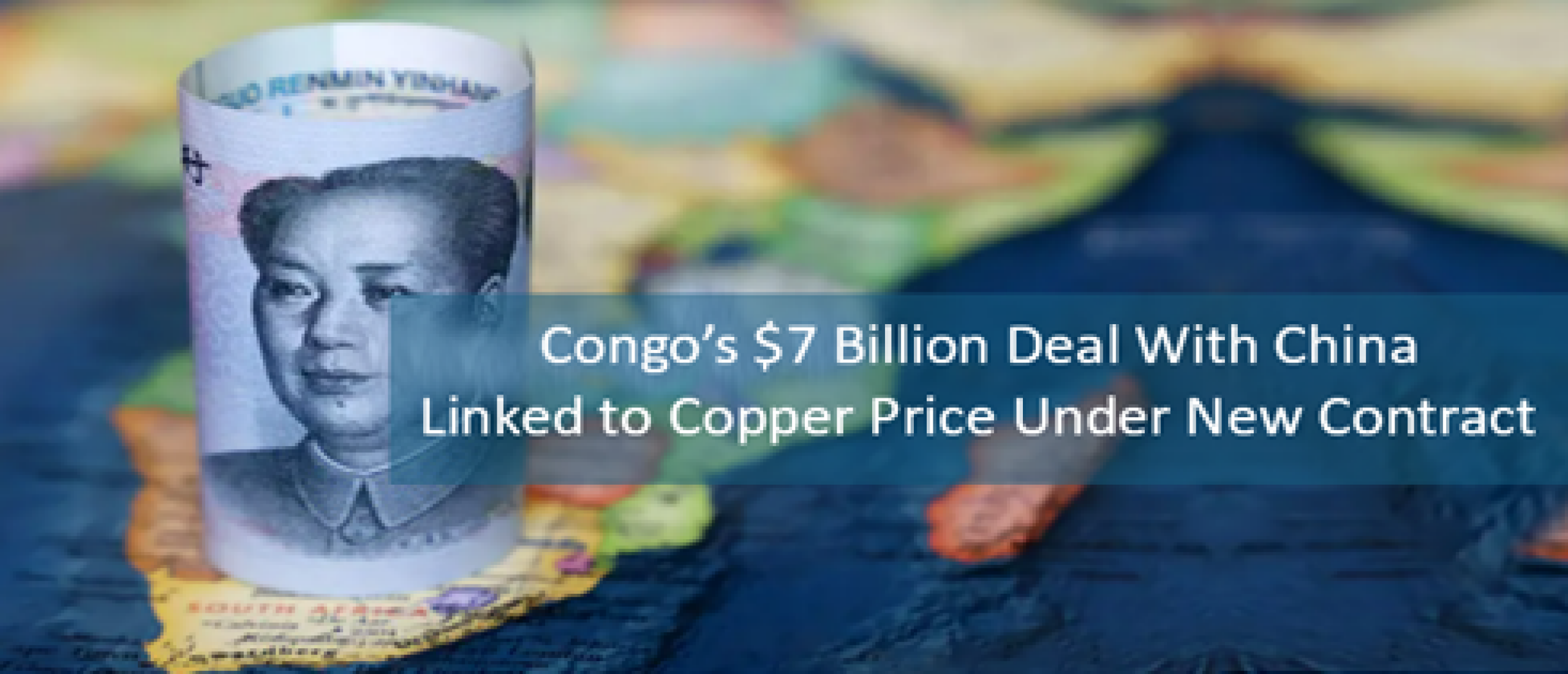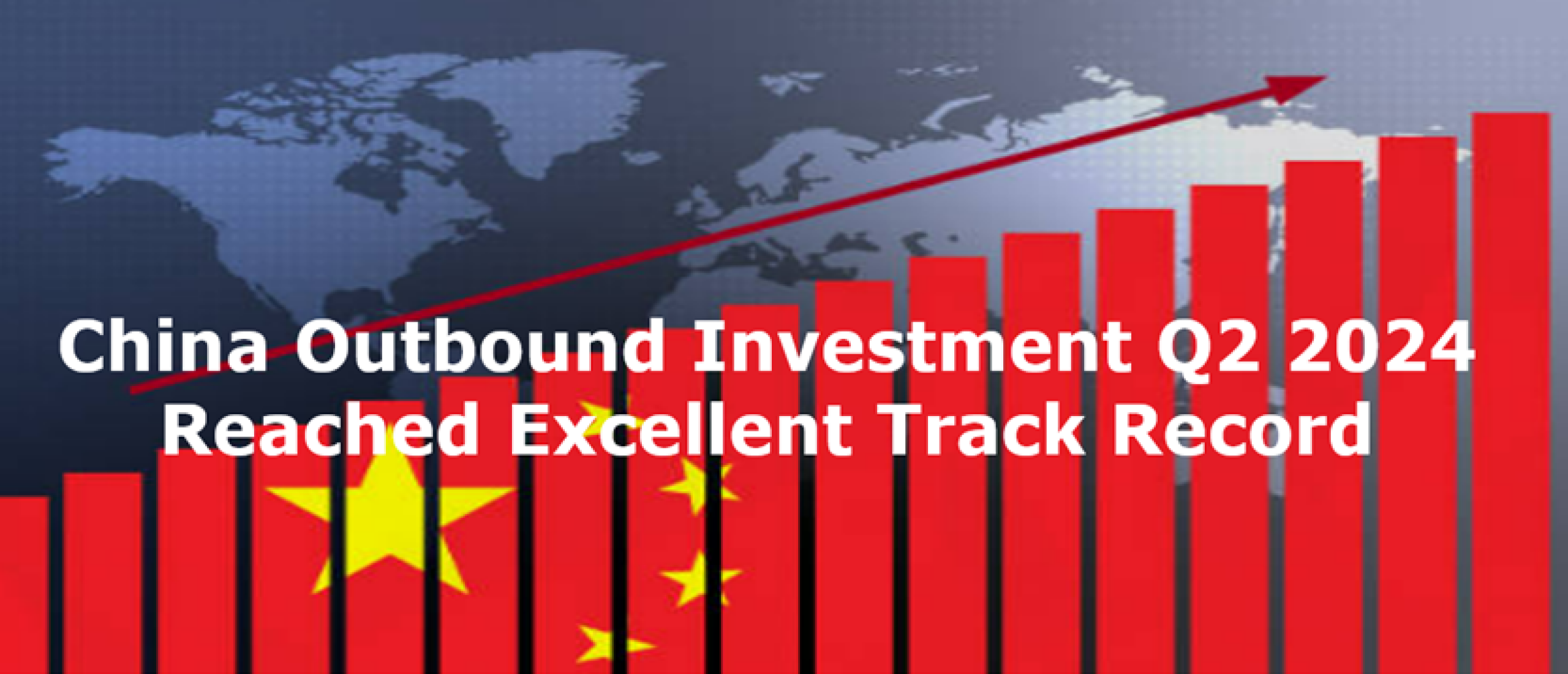
Chinese outbound investment 2025-26 embark on new venture
 Chinese outbound investment 2025-26 embark on new venture, the distinctive characteristic future pattern: focusing on greenfield projects, eyeing on emerging markets, and attention to value chain segments.
Chinese outbound investment 2025-26 embark on new venture, the distinctive characteristic future pattern: focusing on greenfield projects, eyeing on emerging markets, and attention to value chain segments.
Why growing greenfield projects rather than merger and acquisitions? Time is changing, Chinese government encourages domestic enterprises to participate in international capital market, and to directly invest overseas, this was the initial strategy of Chinese outbound investment.
Today, emerging Chinese multinationals are distinguished by their innovative strategies of internationalization in general, and direct investment overseas in particular, this new strategic shift of Chinese overseas investment. Greenfield projects are more attractive in capital-intensive sectors, today’s Chinese companies leap forward in advanced industries, strengthening its competitiveness in the global stage, this has led to greenfield projects FDI important driver of China’s overall outbound investment.
What emerging economies are more attractive for China outbound investment, and why? Obviously, Europe and North America used to the most popular landing place for Chinese companies go to abroad, but that’s not the case in 2025-26 onward, instead, Chinese firms prefer choose Asia and emerging economies as their new selected station place, in addition, Middle East have grown its influence for attracting Chinese capital. Look at this recent article from CBM.RHG ...
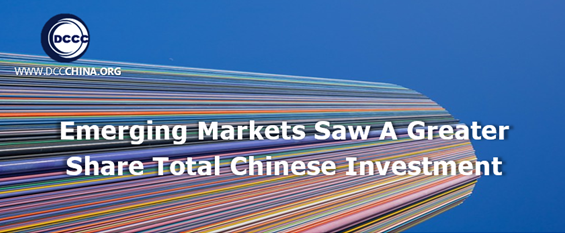 Regarding next generation China’s outbound investment in recent years, three trends stand out: (1). A more significant role for greenfield projects, (2). A geographic shift away from high-income economies toward emerging markets, and (3). More diverse internationalization efforts across value chain segments instead of opportunistic acquisition of trophy assets.
Regarding next generation China’s outbound investment in recent years, three trends stand out: (1). A more significant role for greenfield projects, (2). A geographic shift away from high-income economies toward emerging markets, and (3). More diverse internationalization efforts across value chain segments instead of opportunistic acquisition of trophy assets.
China’s next-generation OFDI will especially require novel approaches to managing economic concerns and economic security risks. Chinese FDI is now geared toward taking market share in overseas markets, so incumbent companies will increasingly find themselves in competition with Chinese firms at home and in third markets.
This competition will put governments in the position of weighing their free market principles against legitimate concerns that subsidies and other elements of unfair competition could wipe out incumbent companies in key sectors of the economy. The global expansion of Chinese EV makers will be the first test of how well-equipped governments are to navigate this challenge.
Another key area is supplying chain security. Governments are spending significant resources on nearshoring or friendshoring efforts but will have to be careful that these efforts do not end up inadvertently creating new vulnerabilities through investing in suppliers at home or in third countries that are already controlled by a Chinese investor.
Finally, growing Chinese outbound FDI will take strategic competition with China for economic influence in the Global South to the next level. In the past, China’s presence in emerging economies often took the form of Chinese policy banks financing infrastructure built with Chinese workers.
Now Chinese companies like BYD are building “sticky” FDI operations that create local employment, pay local taxes, and offer attractive products at attractive prices in local markets. As a result, governments that are eager to counter China’s economic influence in emerging economies face a tougher challenge.
They now must compete with not only state-backed financing from Beijing, but also with a new crop of mature Chinese multinationals promising a broader set of local economic benefits......See more from CBM.RHG here
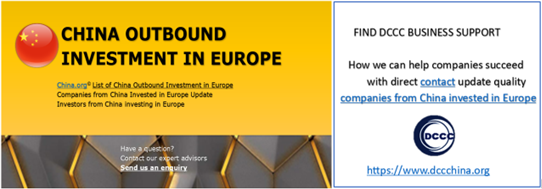 In conclusion, Chinese outbound investment and Chinese investors are facing today’s economic challenges in uncertain scale, not only keep an alert mind over what to investing, where to heading, also stimulate creative spirit alive.
In conclusion, Chinese outbound investment and Chinese investors are facing today’s economic challenges in uncertain scale, not only keep an alert mind over what to investing, where to heading, also stimulate creative spirit alive.
Overall, Chinese outbound investment 2025-26 embark new venture, focus on activity concerned with the supplying and distribution of commodities, industry applies to the producing of commodities, especially by manufacturing or processing, usually on a large scale.
In recent years, Chinese outbound investment is mostly in neighboring Asian countries, and resource-rich parts of Africa. As China develops rapidly, the scope and scale of China’s outward FDI, which is a manifestation of the economic, organizational, and managerial transformation in its relationship with the rest of the world.
Chinese outbound investment 2025-26 going further is unsurprising, given the economy’s potentials in manufacturing and natural resources sectors, particularly in newly advanced automobile industry, motor vehicle, infrastructure sectors. Indeed, China has emerged as one of the largest sources of outbound direct investment among developing economies.
Specifically, Greenfield Projects, eyeing on Emerging Markets, and attention to Value Chain Segments, they are like “flagship” projects overseas. We will see more Chinese glowing dynamic sectors of outbound investments in the coming years 2025-26.

